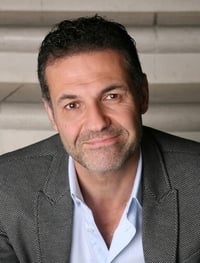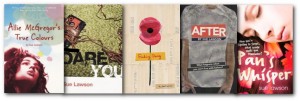 A change of look*, a change of thinking – and COVID-19.
A change of look*, a change of thinking – and COVID-19.
As COVID-19 has shut many things down, people have been seeking ways to maintain contact and connection. With local and school libraries closed to public access, the need for reading options increases (we have more time in shut-down, don’t we?).
If you haven’t already checked out piles of books from your school and library shelves for your period of shutdown, now is the time to search for places to access the many books you now have time to read – uninterrupted.
How to buy the physical
Many local and online bookstores are offering free delivery services – too many to list here. Just give them a call, or access online stores if you don’t have a local.
How to gain free access
Local libraries, of course, offer free access to ebooks and audiobooks to members. (Hopefully, you have heeded previous advice to join a local library.)
How to buy ebooks, audiobooks
If you didn’t meet the closedown deadline to join local libraries (for which need you to physically verify your ID and address), then other options for you are:
- Purchase ebooks online (e.g. via Amazon.com.au, Booktopia and other online bookstores)
- Trial/join Audible.com.au (or similar) for audiobooks
Some of these may require apps to be downloaded, but in the case of public and school libraries, all the details are usually given.
Kindle, BorrowBox and RBDigital are among the common apps required and easily set up on your computer, iPad or other digital devices.
Don’t let COVID-19 prevent your access to great books!
Reading suggestions from here…
By the way, if you search ‘ebook‘ or ‘audiobook‘ on this blog or click on these as tags, you will find lots of reading suggestions – which you will be able to access – free or at a small cost from the abovementioned locations, if you don’t have access to the physical book.
Happy reading!
* Changing the look of this blog – perhaps still a work in progress. I welcome any comments!! Do you like it? The change was made to be more mobile-friendly. Click on the post to make a comment.










 In a moment of stupidity, John’s life changes course. His happy self-indulgent existence, as a school boy enjoying a comfortable home and cruising along at school, comes to an abrupt end. He is expelled from school and will face criminal charges – all over a few photos he shared with his mates.
In a moment of stupidity, John’s life changes course. His happy self-indulgent existence, as a school boy enjoying a comfortable home and cruising along at school, comes to an abrupt end. He is expelled from school and will face criminal charges – all over a few photos he shared with his mates.